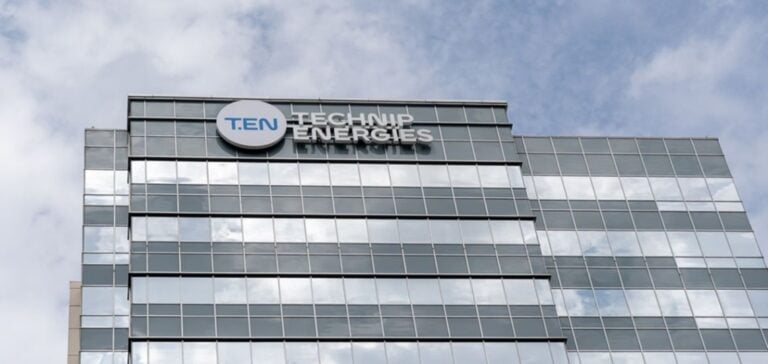Technip Energies has been entrusted by Adnoc with the task of building infrastructure for LNG production in Ruwais. This initiative stands out for its use of nuclear power, rather than gas, to liquefy natural gas. The choice of this energy source to power the plant’s electric motors marks a turning point towards more environmentally-friendly LNG production.
Technical advances and partnerships
For this project, Technip Energies has joined forces with JGC of Japan and NPCC of the United Arab Emirates, thus strengthening its network of strategic partners. An “execution order” has already been granted, launching the first engineering phases in anticipation of Adnoc’s final investment decision. The planned Ruwais facility aims to become one of the world’s lowest-carbon LNG installations, according to Technip Energies. With a projected annual capacity of 9.6 million tonnes, the plant is aimed primarily at the Asian market, where demand for LNG is growing rapidly.
Global Energy Context
The project comes at a time when demand for LNG is booming, particularly in Europe, following the geopolitical tensions generated by Russia’s invasion of Ukraine. China is the world’s leading importer of LNG, while the United States dominates global exports, according to IEA data. This dynamic highlights the growing importance of LNG in the global energy balance.
This partnership between Technip Energies and Adnoc represents a significant step towards optimizing LNG production in terms of environmental impact. By using nuclear power to reduce the carbon intensity of the liquefaction process, the project sets a precedent for the industry and could influence future LNG infrastructure worldwide. The success of this project could therefore have a major impact on global energy strategies and the transition to cleaner energy sources.






















